11+ SAMPLE Transfer Agreement
-
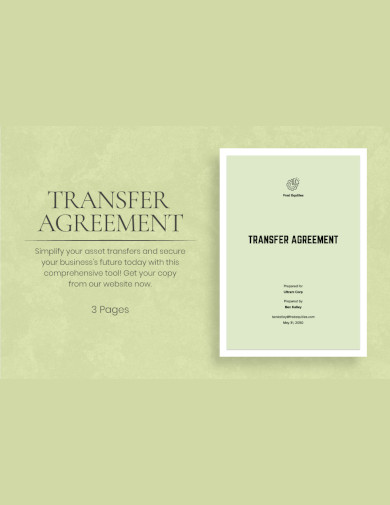
Transfer Agreement Template
download now -
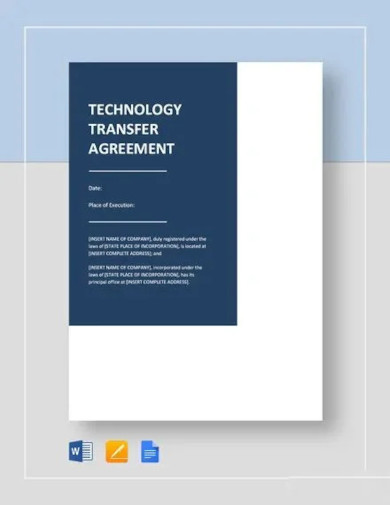
Technology Transfer Agreement Template
download now -
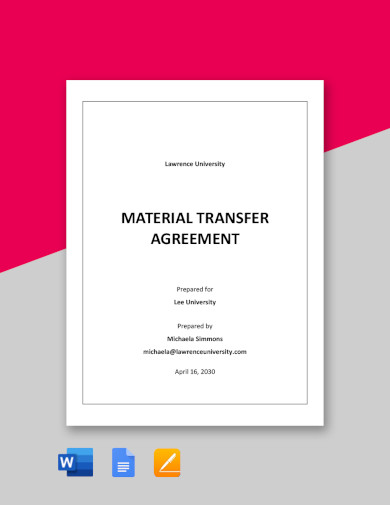
Material Transfer Agreement Template
download now -
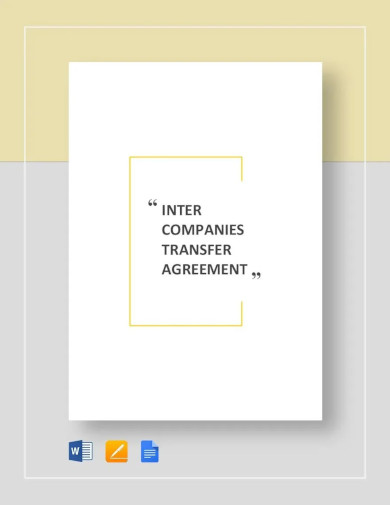
Free Intercompanies Transfer Agreement Template
download now -
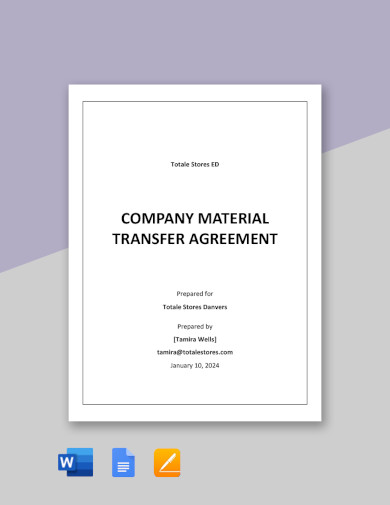
Company Material Transfer Agreement Template
download now -
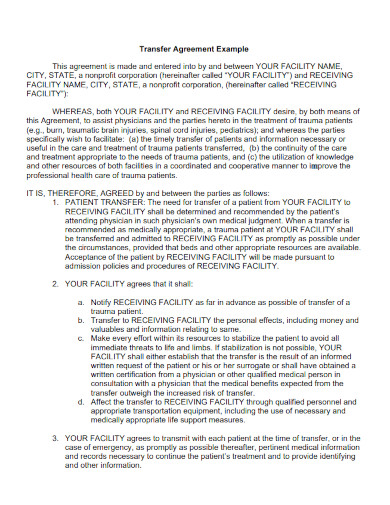
Transfer Agreement Example
download now -
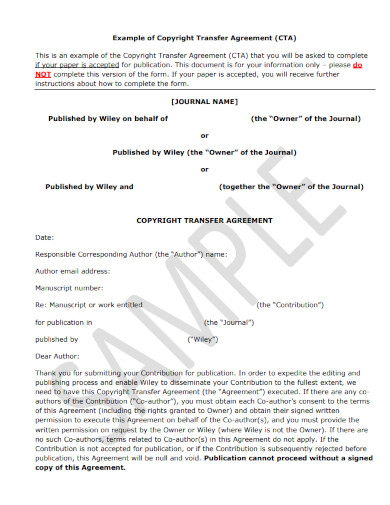
Example of Copyright Transfer Agreement
download now -
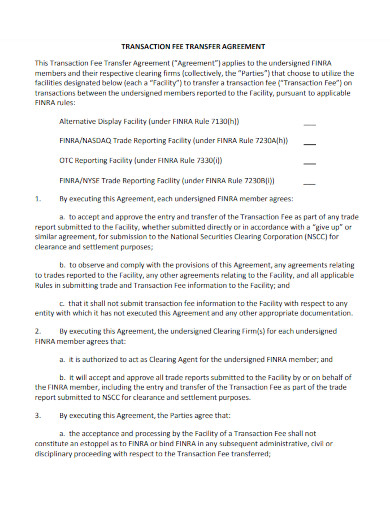
Fee Transaction Transfer Agreement
download now -
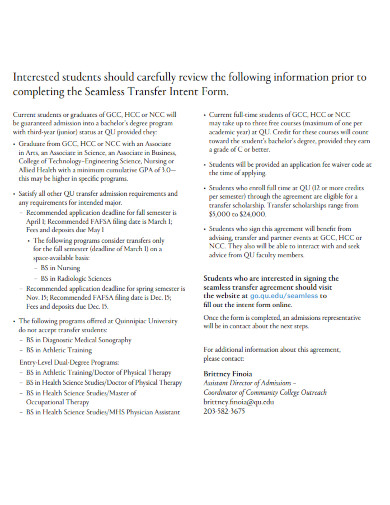
Sample Transfer Agreement Fact Sheet
download now -
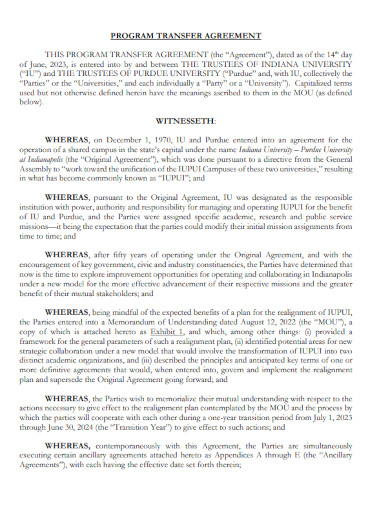
Sample Program Transfers Agreement
download now -
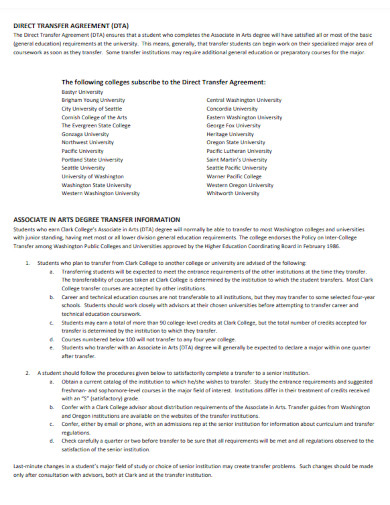
Direct Transfer Agreement
download now -
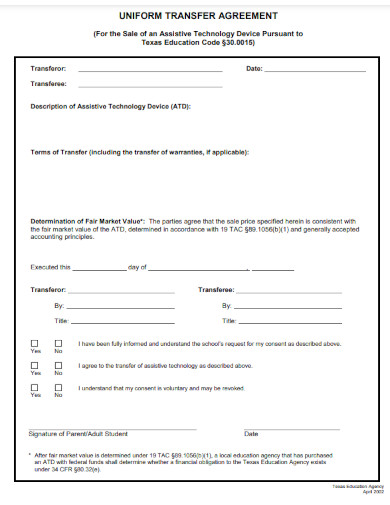
Uniform Transfer Agreement
download now
FREE Transfer Agreement s to Download
11+ SAMPLE Transfer Agreement
What is Transfer Agreement?
What is an Information Transfer Agreement?
What Does a Transfer Agreement Typically Include?
How long is a Transfer Agreement typically valid?
Can a Transfer Agreement be Customized for Different Types of Assets?
Why is a Transfer Agreement Important
How Can I Ensure a Smooth Asset transfer Using a Transfer Agreement?
A Transfer Agreement is a legally binding document that outlines the terms and conditions governing the transfer of assets, rights, or property from one party to another. This agreement serves as a vital tool in ensuring a smooth and well-defined process for the transfer, minimizing uncertainties and potential disputes. Whether it involves real estate, intellectual property, or any other valuable assets, a Transfer Agreement provides a legal framework agreement that protects the interests of all parties involved, fostering transparency and clarity throughout the transfer process.
What is an Information Transfer Agreement?
An Information Transfer Agreement (ITA) is a legally binding document that governs the exchange of information between two parties. This agreement outlines the terms and conditions surrounding the transfer of specific data, knowledge, or proprietary information. It is a crucial tool in business relationships, research collaborations, or any situation where confidential or sensitive information needs to be shared. The ITA typically includes clauses addressing confidentiality, permitted use of the information, restrictions on disclosure, and the responsibilities of both parties to ensure the secure and ethical transfer of valuable data.
You May Also See Material Transfer Agreement
What Does a Transfer Agreement Typically Include?
1. Introduction and Definitions: Clearly identifies the parties involved, Defines key terms and concepts used throughout the agreement.
2. Description of Transferred Assets:Provides a detailed description of the assets being transferred, including any relevant specifications or details.
3. Terms of the Transfer: Outlines the specific conditions, requirements, and timeline for the transfer.
Addresses any payment terms, if applicable.
4. Representations and Warranties: Includes assurances made by the transferring party regarding the condition, ownership Agreement, and legality of the transferred assets.
5. Conditions Precedent: Lists any requirements that must be fulfilled before the transfer can take place.
6. Indemnification: Specifies the responsibilities of each party in the event of a breach or loss associated with the transfer.
7. Confidentiality and Non-Disclosure: Includes provisions to protect sensitive information related to the transfer.
8. Governing Law and Jurisdiction: Specifies the laws that will govern the agreement and the jurisdiction where any legal disputes will be resolved.
9. Termination and Consequences: Outlines the circumstances under which the agreement can be terminated and the consequences of termination.
11. Insurance Requirements: Specifies any insurance obligations related to the transferred assets.
12. Notices: Provides details on how and when parties should communicate with each other regarding the agreement Miscellaneous
13. Provisions: Includes any additional clauses deemed necessary, such as force majeure or amendments
14. Signatures: Contains spaces for the signatures of all parties involved, indicating their agreement to the terms.
You May Also See SAMPLE Business Agreements
In some cases, a Transfer Agreement is designed for a single, one-time transfer of assets. Once the transfer is completed and all obligations are fulfilled, the agreement may be considered fulfilled and no longer valid.
2. Ongoing Relationship:
For agreements involving ongoing relationships or repeated transfers over time, the validity may extend for a specified duration or until certain conditions are met.
3. Termination Events:
The agreement may outline specific events or circumstances that can lead to the termination of the agreement. For example, completion of a project, breach of contract, or mutual agreement between the parties.
4. Renewal Options:
Some agreements include provisions for renewal, allowing the parties to extend the validity period by mutual consent.
5. Legal or Regulatory Requirements:
The validity of the agreement may also be influenced by legal or regulatory requirements relevant to the type of assets being transferred.
You May Also See SAMPLE Binding Agreements
1. Real Estate Transfer Agreement: Includes specific details about the property, such as location, boundaries, and any existing encumbrances,Addresses considerations related to zoning laws, environmental regulations, and property inspections.
2. Intellectual Property Transfer Agreement: Describes the intellectual property being transferred, such as patents, trademarks, or copyrights agreement,Specifies any licensing or usage rights associated with the transferred intellectual property.
3. Business Asset Transfer Agreement: Identifies the specific business assets being transferred, which may include equipment, inventory, contracts, or goodwill,Addresses any liabilities assumed by the acquiring party.
4. Technology Transfer Agreement: Outlines the transfer of technology-related assets, including software, know-how, or trade secrets,May include provisions for ongoing support, updates, or maintenance.
5. Financial Asset Transfer Agreement: Covers the transfer of financial instruments like stocks, bonds, or securities,Specifies any conditions related to regulatory compliance or approvals,Employee or Employment Contract
6. Transfer Agreement:
Pertains to the transfer of employment contracts and associated obligations,Addresses issues such as employee benefits,,non-compete clauses, and confidentiality.
7. Real Property Transfer Agreement:Focuses on the transfer of physical real property, such as land, buildings, or structures,May include considerations for environmental assessments and land use permissions.
You May Also See Technology Transfer Agreement.
Why is a Transfer Agreement Important
It provides a legal framework agreement that minimizes uncertainties, clarifies responsibilities, and helps prevent disputes,ensuring a transparent and well-defined transfer process.
How Can I Ensure a Smooth Asset transfer Using a Transfer Agreement?
Clearly define the terms, conditions, and responsibilities of each party. Seek legal advice to ensure the agreement aligns with relevant laws and regulations.
You May Also See SAMPLE Blank Agreement
In conclusion, mastering the art of drafting a Transfer Agreement is pivotal for seamless asset transactions. Our guide has illuminated the essential steps and tips to craft a comprehensive and legally sound document. From defining terms to addressing specific asset considerations, empower yourself with the knowledge to navigate the complexities of transfer agreements, ensuring clarity, legality, and successful transactions.
